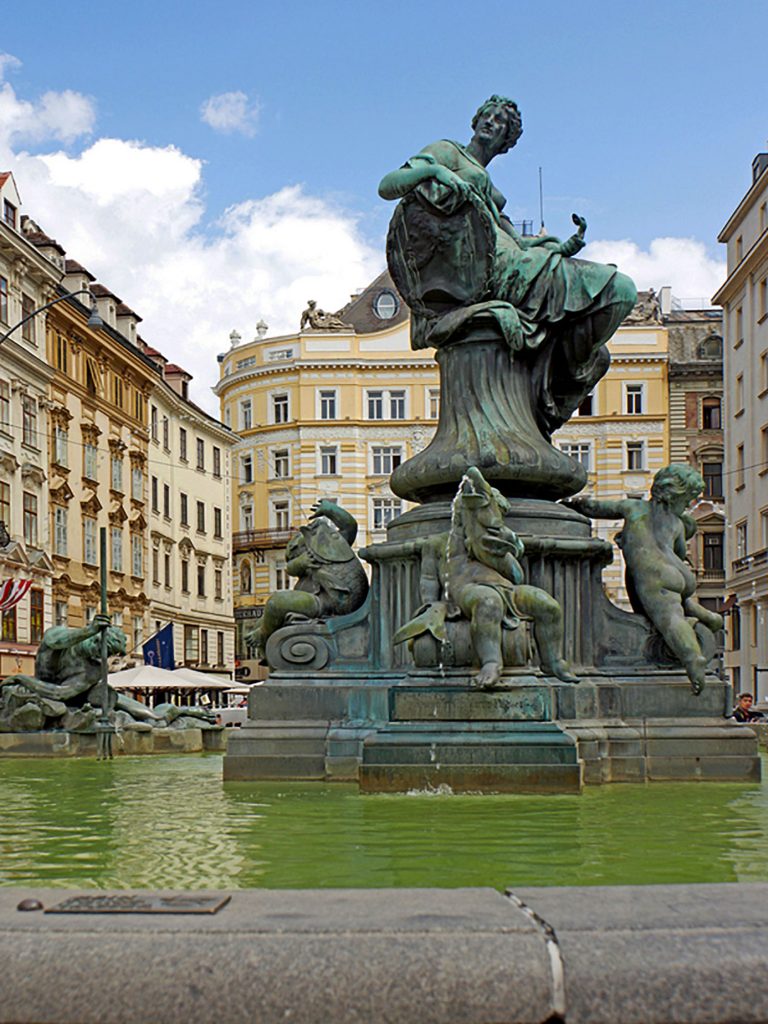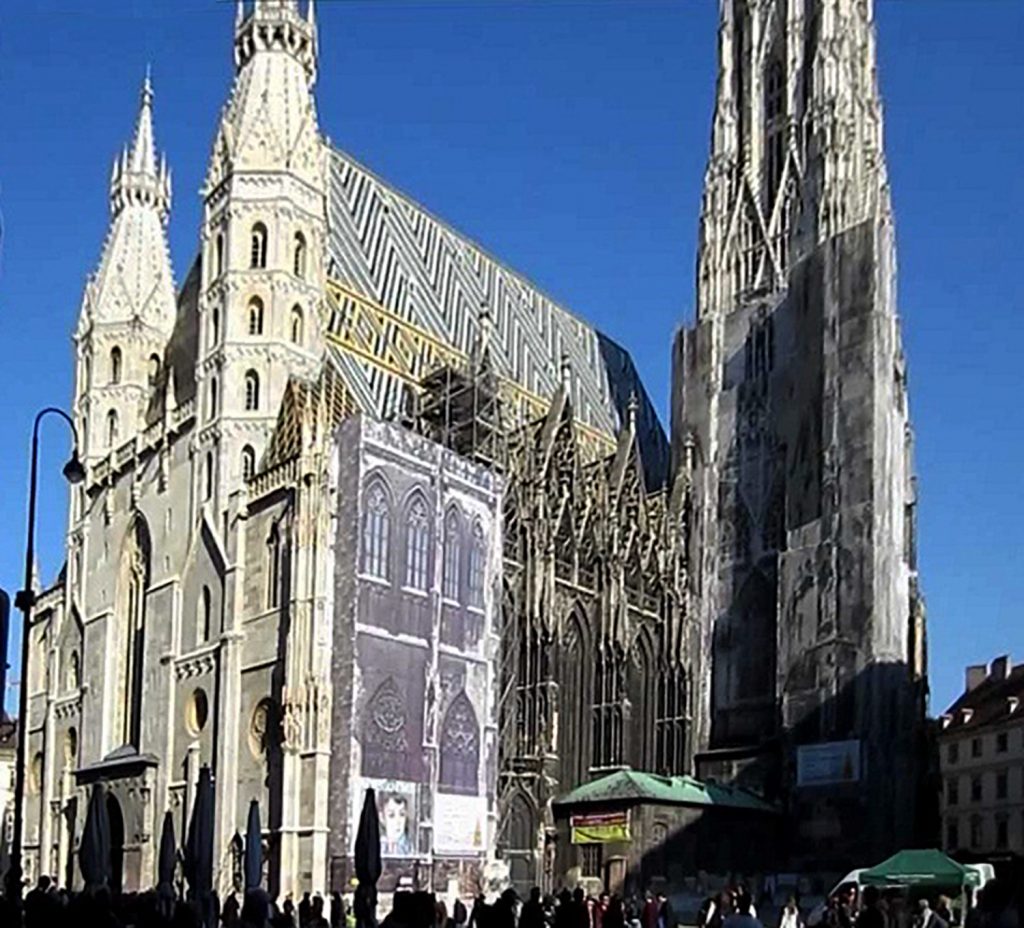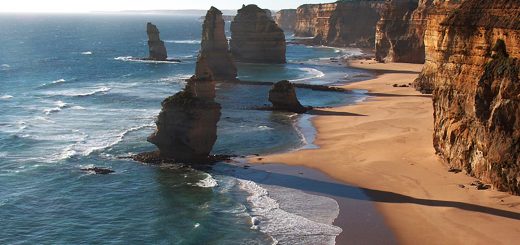Austria – Quick Travel Insights
Austria is located in Central Europe and is a German speaking (although a specific dialect of German) country which is characterized by its mountain villages, baroque city architecture, imperial history and rugged alpine terrain. It is renowned for amazing scenery, great skiing and historic places.
Its capital, Vienna, is home to the Schonbrunn and Hofburg Palaces. Many beautiful sites can be found in Vienna.
Some attractions are:
St. Stephens Cathedral
This is the symbol of Vienna, the building of which was commenced in the 12th century. The cathedral is 107.7 meters long and 34.2 meters wide with 4 towers. The tallest tower is about 136.44 meters. To go to the tower room, one has to go up 343 steps. 13 bells hang at the cathedral. The Pummerin, which is the best-known bell, is located in the northern, 68.3 meter tall, tower.
In the cathedral, you can also see the impressive treasures held there, which include relics decorated with gold and precious stones, monstrance, liturgical texts and books, as well as vestments. Many important people have been buried in the cathedral, including Vienna’s cardinal and archbishops.
Concerts are held there at various times of year, such as Easter and advent concerts. There are guided tours of the cathedral and of the catacombs beneath it, offered on regular basis.
The Tiergarten, Schonbrunn
This is the Vienna Zoo at Schonbrunn Palace, which was founded on July 31, 1752. Originally the zoo was only for Habsburg family members, but later it was opened to the public, granted that they were “dressed properly”.
It is one of the highest ranking and most modern zoos in the world. In the rain forest house you can experience the tropical wildlife, foliage, and thunderstorms that simulate a real Southeast Asian rainforest.
The Schonbrunn Palace
This is a former imperial summer residence located in Vienna. The building includes 1,441 rooms! Housed there are many cultural treasures, and the Palace is a major tourist attraction. The Palace was originally owned by the Habsburg dynasty, since the time of Maximilian II, and then the ownership was passed to the Republic of Austria at the end of the monarchy in 1918. The rooms are mostly decorated in Rococo style, where most of the ceiling and the walls are covered with white lacquered surfaces with extensive ornamentation covered with gold leaf.
Inside the Palace you can see Bohemian crystal chandeliers and white porcelain tile stoves; the living quarters and offices used by Emperor Franz Joseph – which are very simple and unpretentious in contrast to the lavish state and guestrooms; the Round Chinese room, where Empress Maria Theresa held secret conferences with her Chancellor, Prince Kaunitz; the Vieux Laque Room where Napoleon met with his generals; and the Blue Chinese Room, where Emperor Charles I signed his abdication papers in 1918, thus marking the end of the 640 years of Habsburg dominion in Austria, and the demise of monarchy in the country.
The Hofburg Palace
This is now the official residence and workplace of the President of Austria. It was originally a medieval Palace but today only the castle chapel demonstrates its medieval past. The popular Vienna Boys’ Choir can be heard during Sunday mass at the medieval chapel.
It is also now the home to the Austrian National Library, the Imperial Treasury, and houses a collection of musical instruments, a collection of weapons, a Museum of Ethnography and the famous Spanish Riding School. It also houses exotic butterflies in a marvelous art-deco glass house.
Situated near the palace is the Square of Heroes or the ‘Heldenplatz’ which is one of Austria’s symbols of national identity.
The Belvedere Vienna
This is a historic building complex in Vienna, which consists of two Baroque Palaces, the Orangery and the Palace Stables. The buildings are set in a Baroque park landscape, in the 3rd district of the city. It also houses the Belvedere Museum. You will find attractive grounds, which are set on a gentle gradient, and include decorative tiered fountains and cascades, Baroque Sculptures and majestic wrought iron gates.
These are just a few examples of the sights you will find in Austria. Enjoy immersing yourself in history !
Images used with this post via photographers on www.flicker.com and www.pixabay.com – Dennis Jarvis, Francisco Antunes, Andrey






















